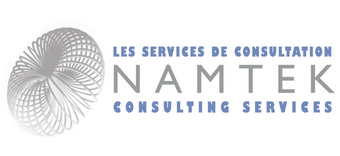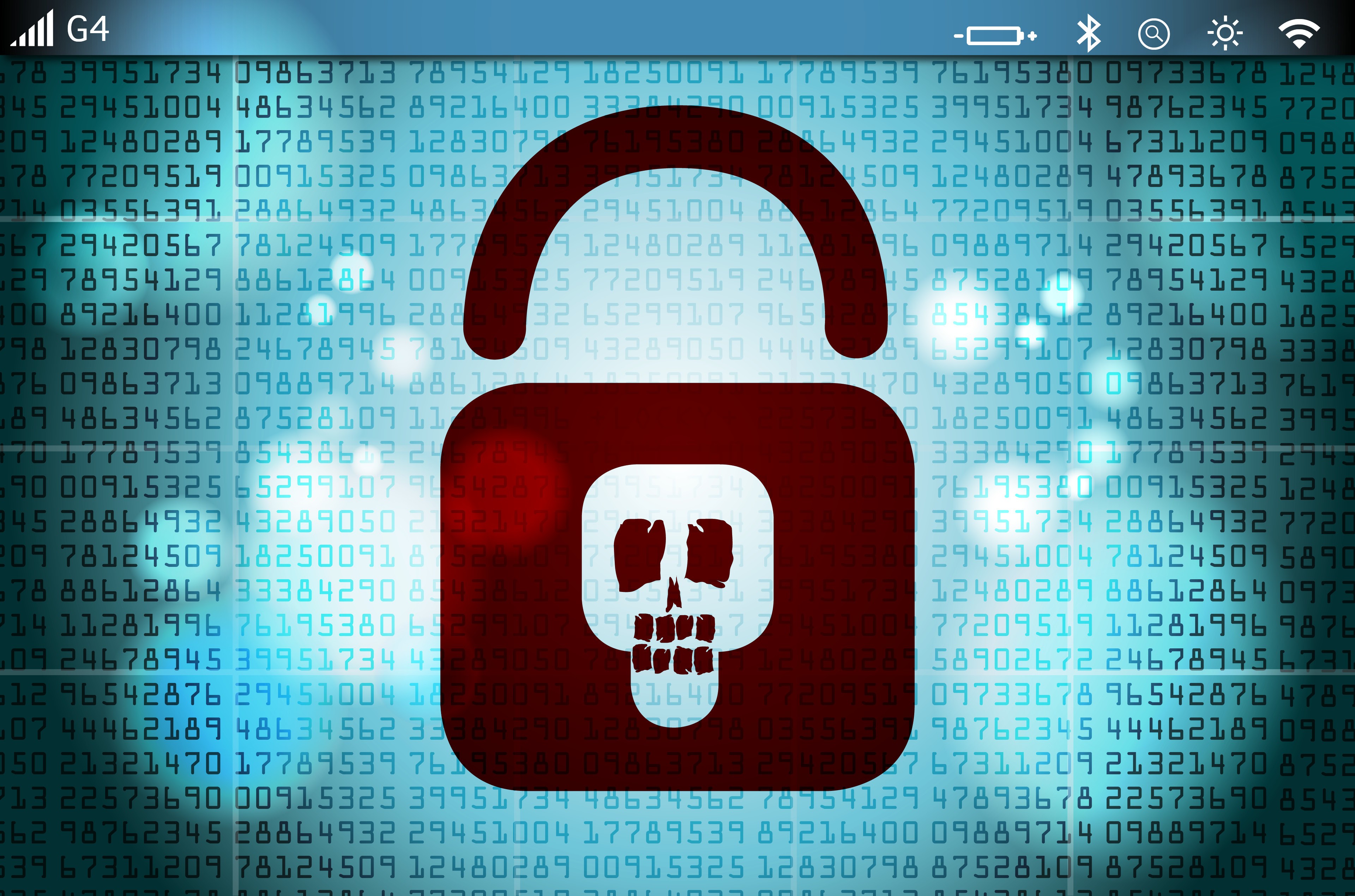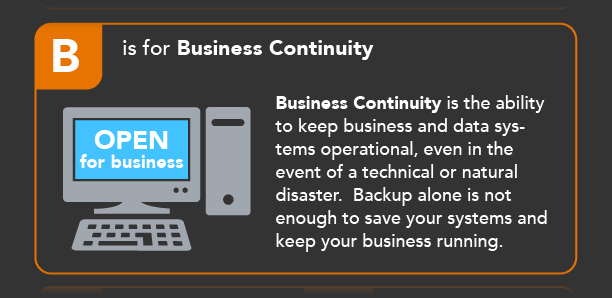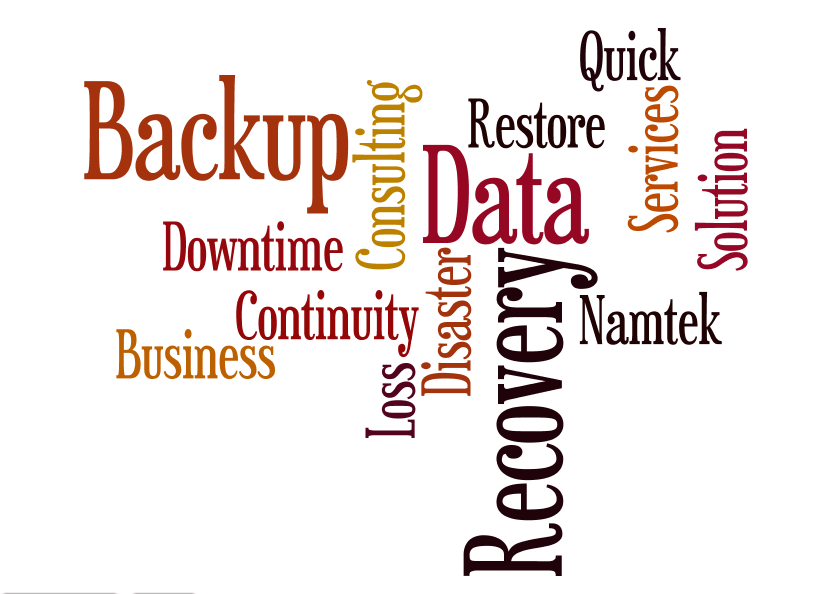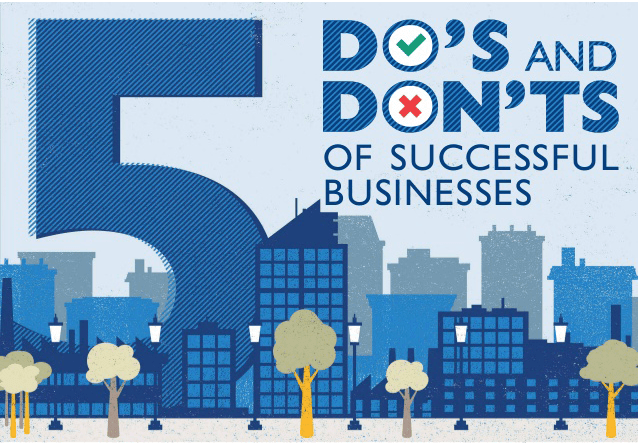The ideal Disaster Recovery and Business Continuity Solution: How to find it
Last Updated on December 13, 2022 by Tatyana Vandich
In this article, following my previous blog “Data Restore and Disaster Recovery: Is your business protected?”, I will go a step further and explain why it’s important for business owners and enterprise executives to have a business continuity solution at their company and how to find the right one for their business.
Whenever our team of experts mention business continuity solutions and disaster recovery plans to business owners, we normally get the same reactions and comments; “We have a great data backup and restore process in place”, “We don’t need such a solution since we are all equipped with a failover plan in case of disaster”, or “We are running our servers on a virtual environment on a failover platform already, so we are covered”. However, unlike what these executives believe, their chosen data backup systems are not very safe in many unexpected situations.
What could go wrong with traditional backup methods?
There are many issues that could go wrong with traditional backup and restore methods implemented in most businesses. Following are a few potential issues that could arise in a regular business day. The consequences could result in a direct negative impact on employee productivity and hurt the overall well being of the business.
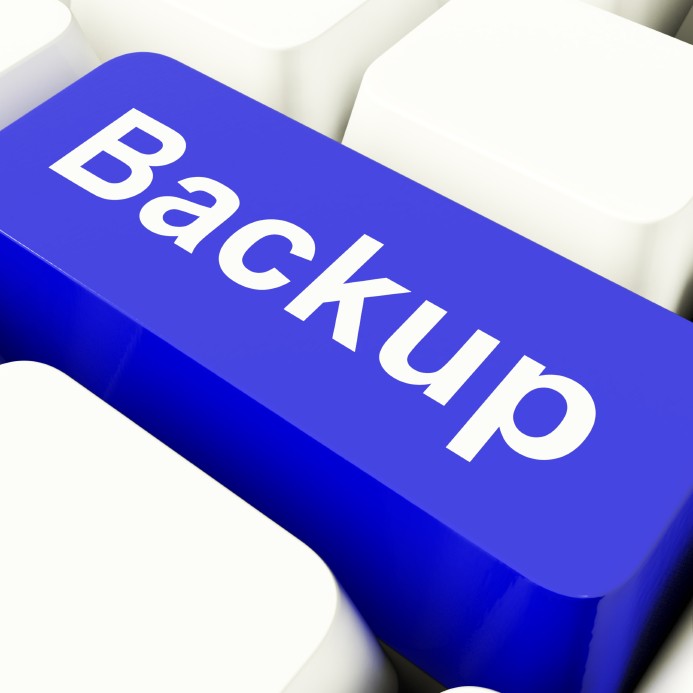
- A server could decide not to reboot due to many reasons, such as a failure on its motherboard
- An equipment might not boot because of a corrupt operating system
- A virtual machine (VM) could get corrupted
- A natural disaster (i.e. ice storm, hurricane, etc.) can cause major data loss and long-term downtime
Data Backup Restore or Business Continuity Solution
Now that we listed a few of the potential issues that we might see in a typical disaster situation with a traditional data backup and restore solution, it’s a good time to re-evaluate your data backup procedure.
In the first three disaster scenarios mentioned above, a backup and restore procedure will not be useful unless we get to the last step of implementing the solution. Therefore, it is evident that a great data backup and restore plan will not provide a short time of recovery after the disaster. To learn more about the common constraints and limitations of restoring data from traditional backup solutions, please go back to my previous blog.
In scenario 3, the backup and restore plan will also only take effect after fixing the corruption in VM (or rebuilding it from scratch). Once again, more time is being spent on fixing the problem, causing more downtime.
In situation 4, it is most unlikely that a backup and restore plan will have any effect in case of a natural disaster. As much as these disaster scenarios may be unlikely and unexpected, a business should always be ready for them no matter what.
Having said that, I leave it to my readers to evaluate how much time it could take their business to recover from one of the disasters listed above and if business continuity is ensured with their current backup methods. Before doing so, let me remind you that a great business continuity solution is one that permits a business to recover from any disaster in a very short time, without any negative effect on the business.
How to find the ultimate Business Continuity solution?
There are many steps to finding the right business continuity solution for your company. The following list includes key points and specs to look for when selecting and deciding on a business continuity solution:
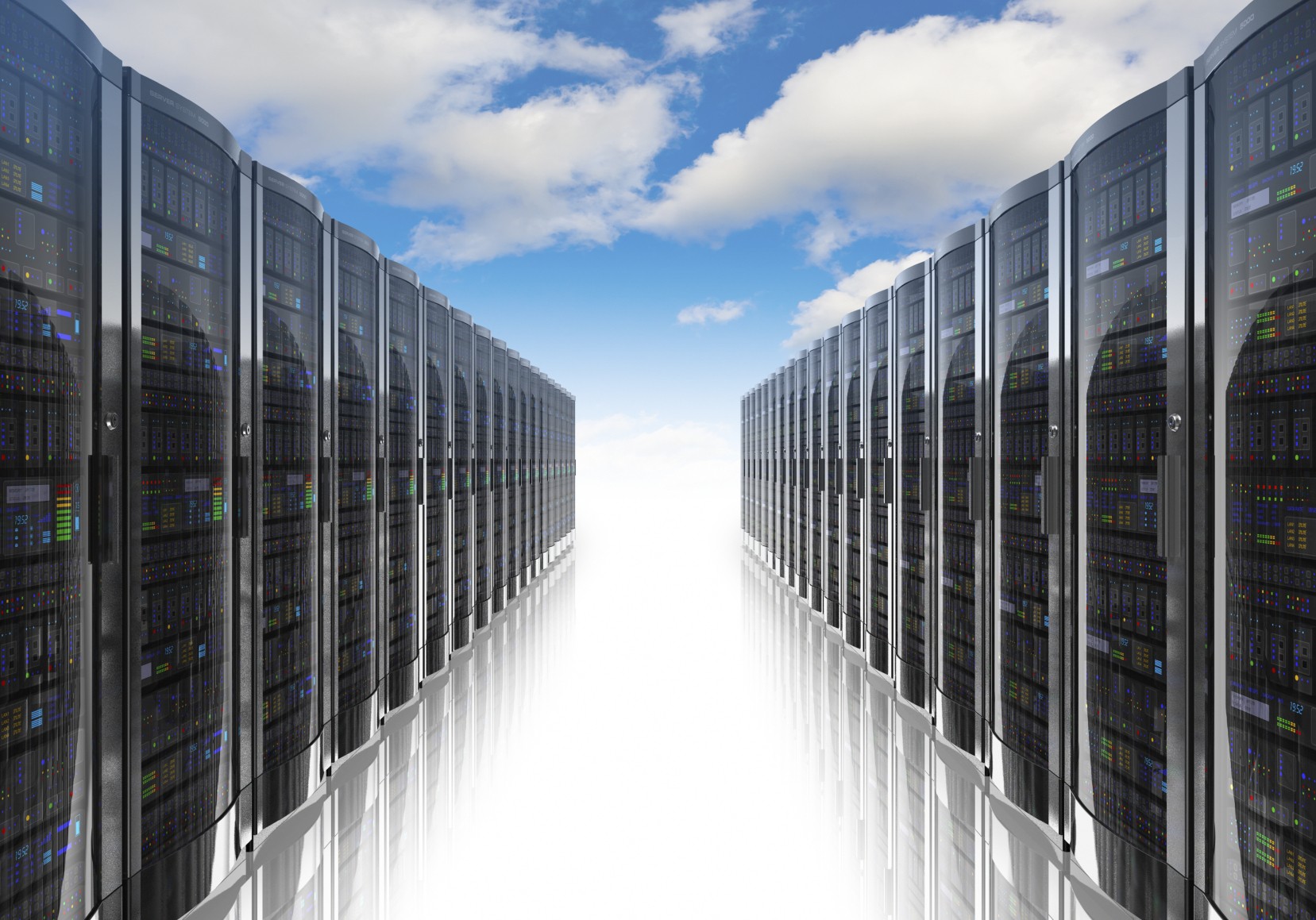
- The business continuity solution should offer the possibility to backup and restore files easily
- The solution should be able to provide multiple recovery points so we can go back in time and restore from any given backup
- The solution should be able to export the backups as a HyperV or Vmware files for deployments on any virtual environment
- It should also be able to offer a “bare metal” restore; simple, quick and efficient without any worries over the hardware or equipment drivers
- The ultimate business continuity solution should work based on virtualization; meaning it does a backup of a whole physical or virtual machine as one file, which could be turned on the device.
- It should be able to compress the multiple recovery points created and store on its own hardware storage device
- It should offer the possibility to synchronize and transfer the VM backup files “offsite” to the “cloud” after compression and encryption. This is what we call a “hybrid” business continuity solution
- It should be easy to implement and monitor
- It should offer a flexible upgrade policy
Don’t forget to look for the technology, the vendor and the SLA behind the solution. Those are important elements to consider when choosing a business continuity solution in a very crowded IT market.The list goes on, especially when considering your specific business needs and the high level of importance of security and safety of your business data and guarantee of business continuity.
